×
![]()
cta
| Type: | Model Group |
| Submitter: | Jordi Castro |
| Description: | Set of MILP models of the CTA (Controlled Tabular Adjustment) problem, a method to protect statistical tabular data, belonging to the field of SDC (Statistical Disclosure Control). Raw data of models are real or pseudo-real, provided by several National Statistical Agencies. We generated the CTA problem for these data. |
Parent Model Group (cta)
All other model groups below were be compared against this "query" model group.  |
 |
|
Model Group Composite (MGC) image
Composite of the decomposed CCM images for every instance in the query model group.
|
Component Instances (Decomposed)
These are the decomposed CCM images for each instance in the query model group.  |
These are component instance images.
|
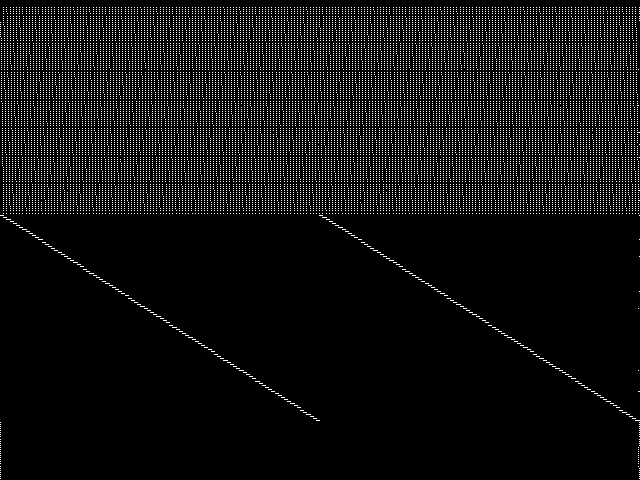 |
 |
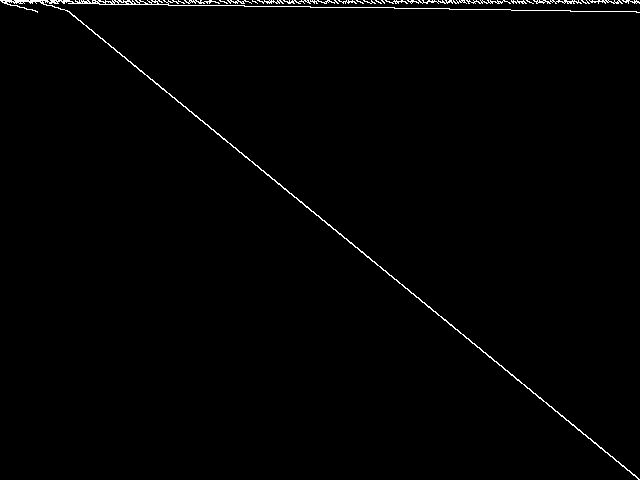 |
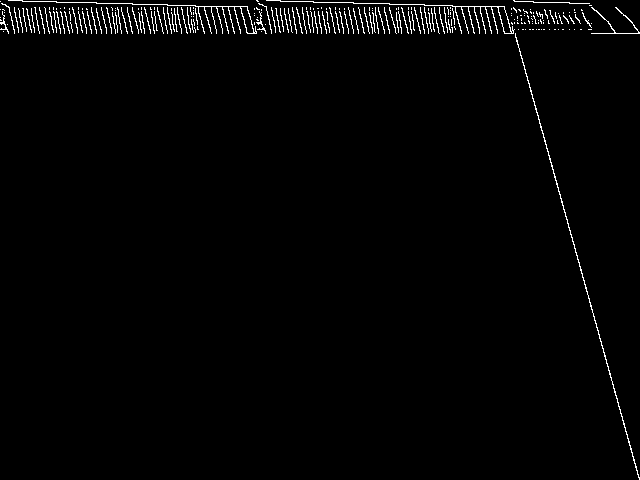 |
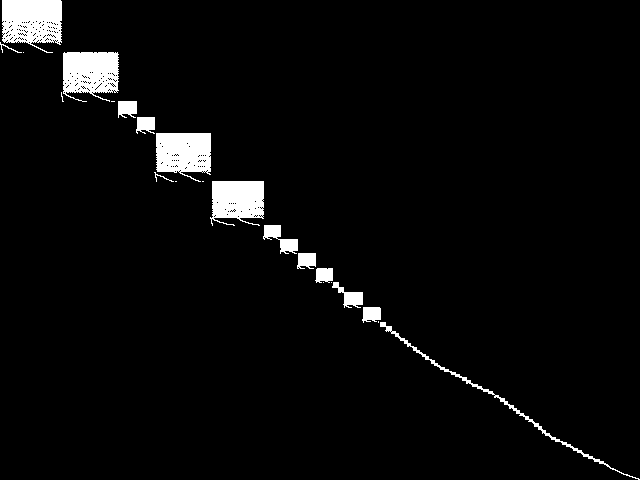 |
| Name | osorio-cta | dale-cta | cbs-cta | australia-abs-cta | bts4-cta |
MIC Top 5 Model Groups
These are the 5 MGC images that are most similar to the MGC image for the query model group, according to the ISS metric.  |
FIXME - These are model group composite images.
|
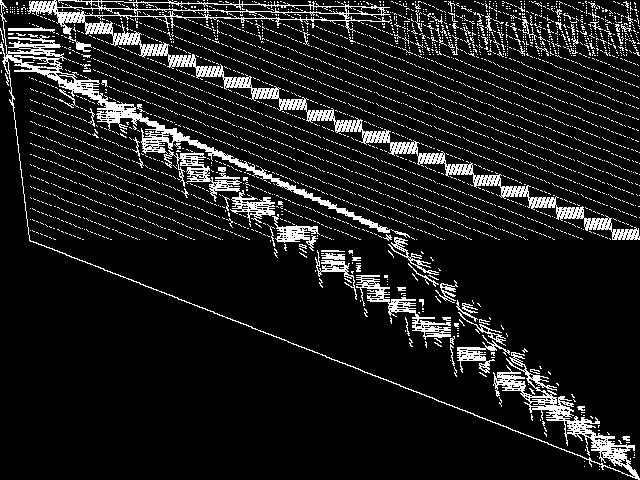 |
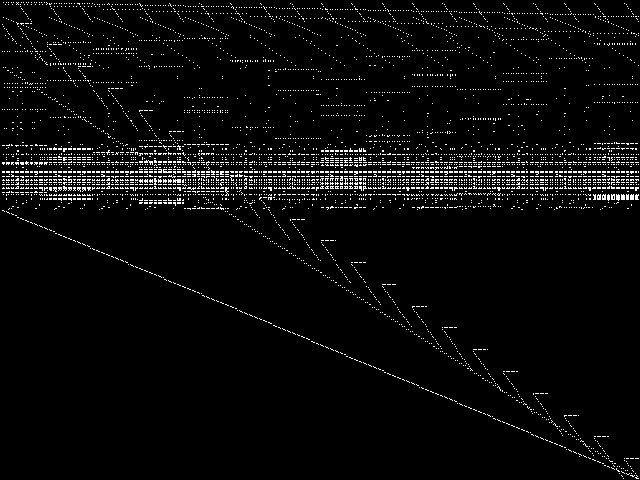 |
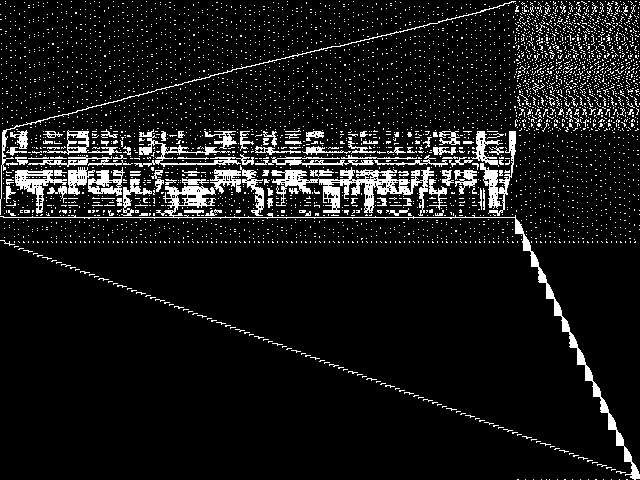 |
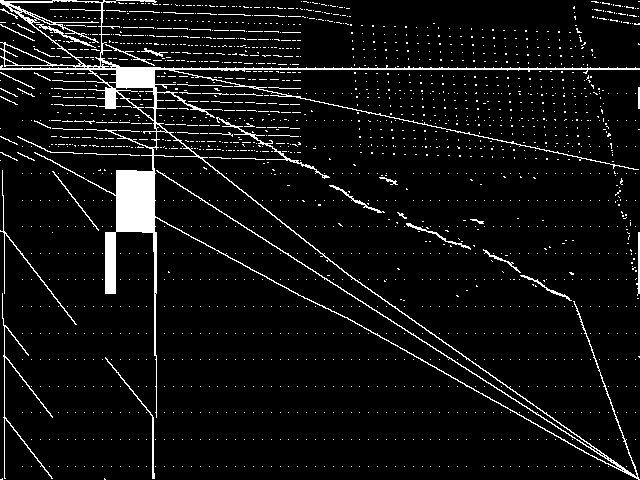 |
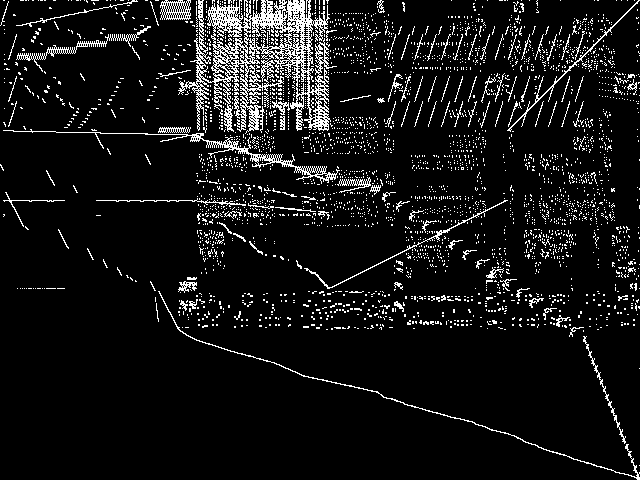 |
| Name | neos-pseudoapplication-3 | ran | ger50 | pb- | neos-pseudoapplication-11 | |
|
Rank / ISS
The image-based structural similarity (ISS) metric measures the Euclidean distance between the image-based feature vectors for the query model group and all other model groups. A smaller ISS value indicates greater similarity.
|
1 / 1.647 | 2 / 1.832 | 3 / 1.837 | 4 / 1.845 | 5 / 1.875 |
Model Group Summary
The table below contains summary information for cta, and for the five most similar model groups to cta according to the MIC.
| MODEL GROUP | SUBMITTER | DESCRIPTION | ISS | RANK | |
|---|---|---|---|---|---|
| Parent Model Group | cta | Jordi Castro | Set of MILP models of the CTA (Controlled Tabular Adjustment) problem, a method to protect statistical tabular data, belonging to the field of SDC (Statistical Disclosure Control). Raw data of models are real or pseudo-real, provided by several National Statistical Agencies. We generated the CTA problem for these data. | 0.000000 | - |
| MIC Top 5 | neos-pseudoapplication-3 | NEOS Server Submission | Imported from the MIPLIB2010 submissions. | 1.647323 | 1 |
| ran | J. Aronson | Fixed charge transportation problem | 1.831625 | 2 | |
| ger50 | C. Raack | Multi-layer network design problem using a link-flow formulation over a path-flow formulation. | 1.836922 | 3 | |
| pb- | Gleb Belov | These are the models from MiniZinc Challenges 2012-2016 (see www.minizinc.org), compiled for MIP WITH INDICATOR CONSTRAINTS using the develop branch of MiniZinc and CPLEX 12.7.1 on 30 April 2017. Thus, these models can only be handled by solvers accepting indicator constraints. For models compiled with big-M/domain decomposition only, see my previous submission to MIPLIB.To recompile, create a directory MODELS, a list lst12_16.txt of the models with full paths to mzn/dzn files of each model per line, and say$> ~/install/libmzn/tests/benchmarking/mzn-test.py -l ../lst12_16.txt -slvPrf MZN-CPLEX -debug 1 -addOption "-timeout 3 -D fIndConstr=true -D fMIPdomains=false" -useJoinedName "-writeModel MODELS_IND/%s.mps" Alternatively, you can compile individual model as follows: $> mzn-cplex -v -s -G linear -output-time ../challenge_2012_2016/mznc2016_probs/zephyrus/zephyrus.mzn ../challenge_2012_2016/mznc2016_p/zephyrus/14__8__6__3.dzn -a -timeout 3 -D fIndConstr=true -D fMIPdomains=false -writeModel MODELS_IND/challenge_2012_2016mznc2016_probszephyruszephyrusmzn-challenge_2012_2016mznc2016_probszephyrus14__8__6__3dzn.mps | 1.844871 | 4 | |
| neos-pseudoapplication-11 | NEOS Server Submission | Imported from the MIPLIB2010 submissions. | 1.875034 | 5 |

